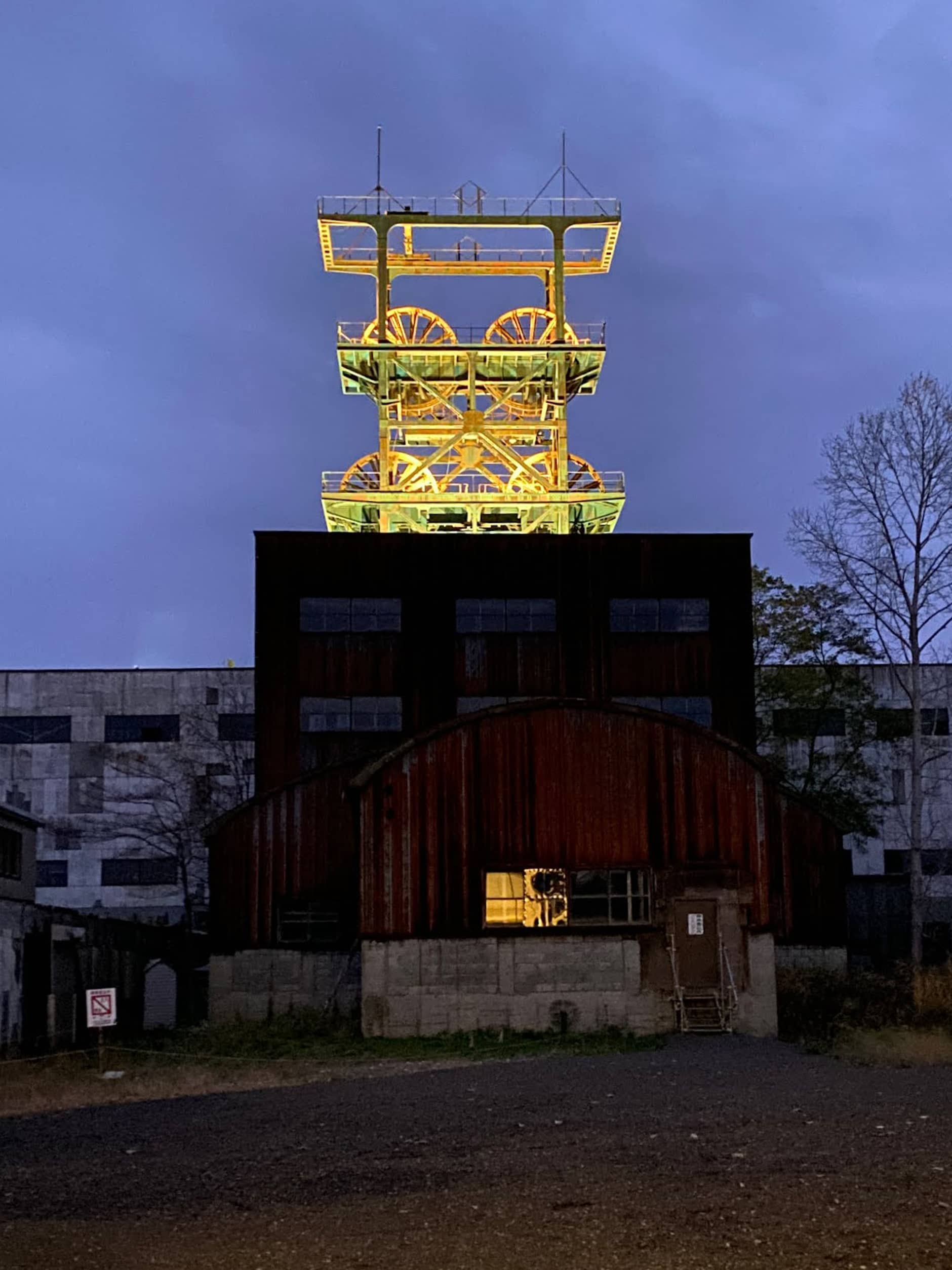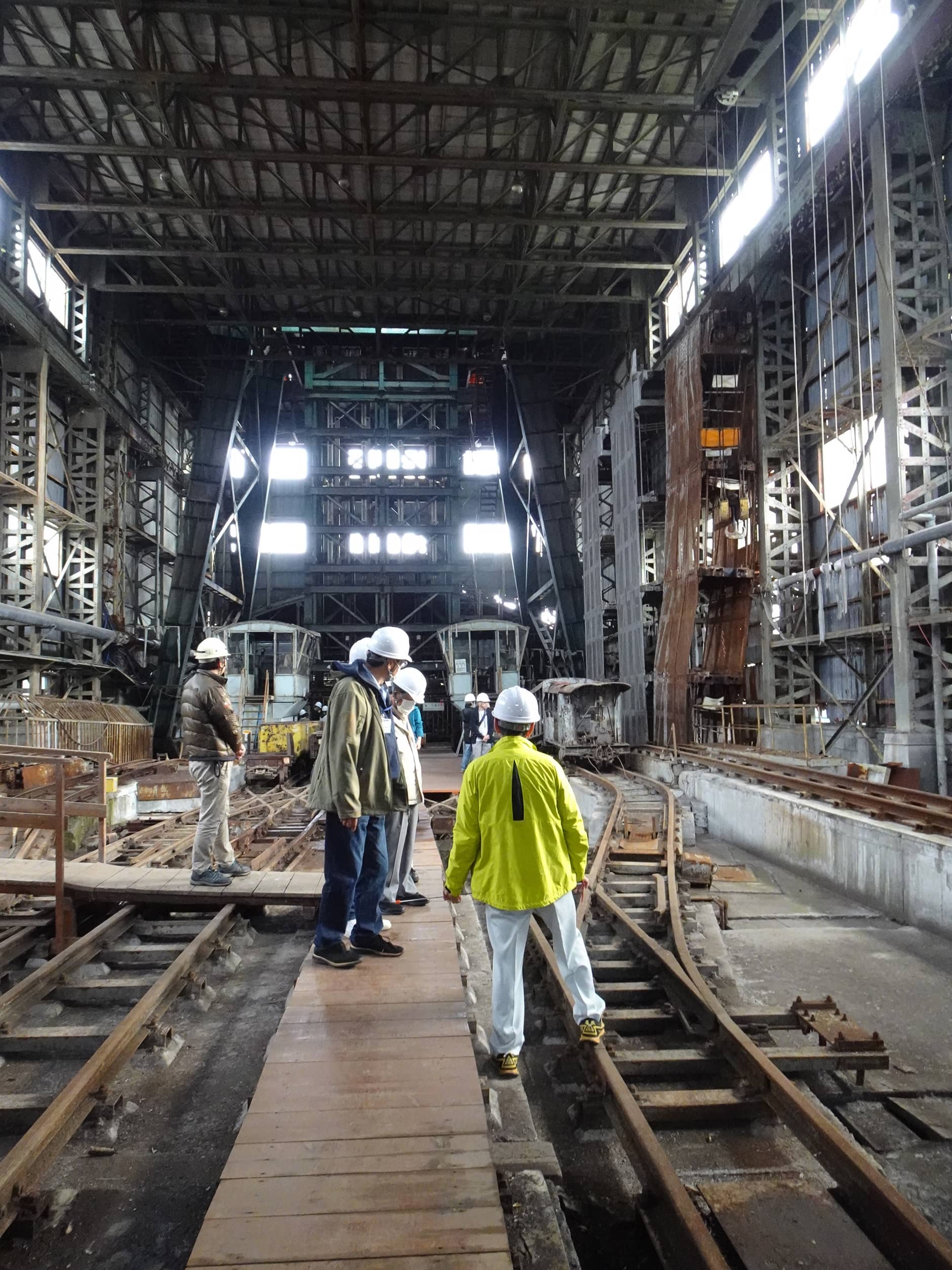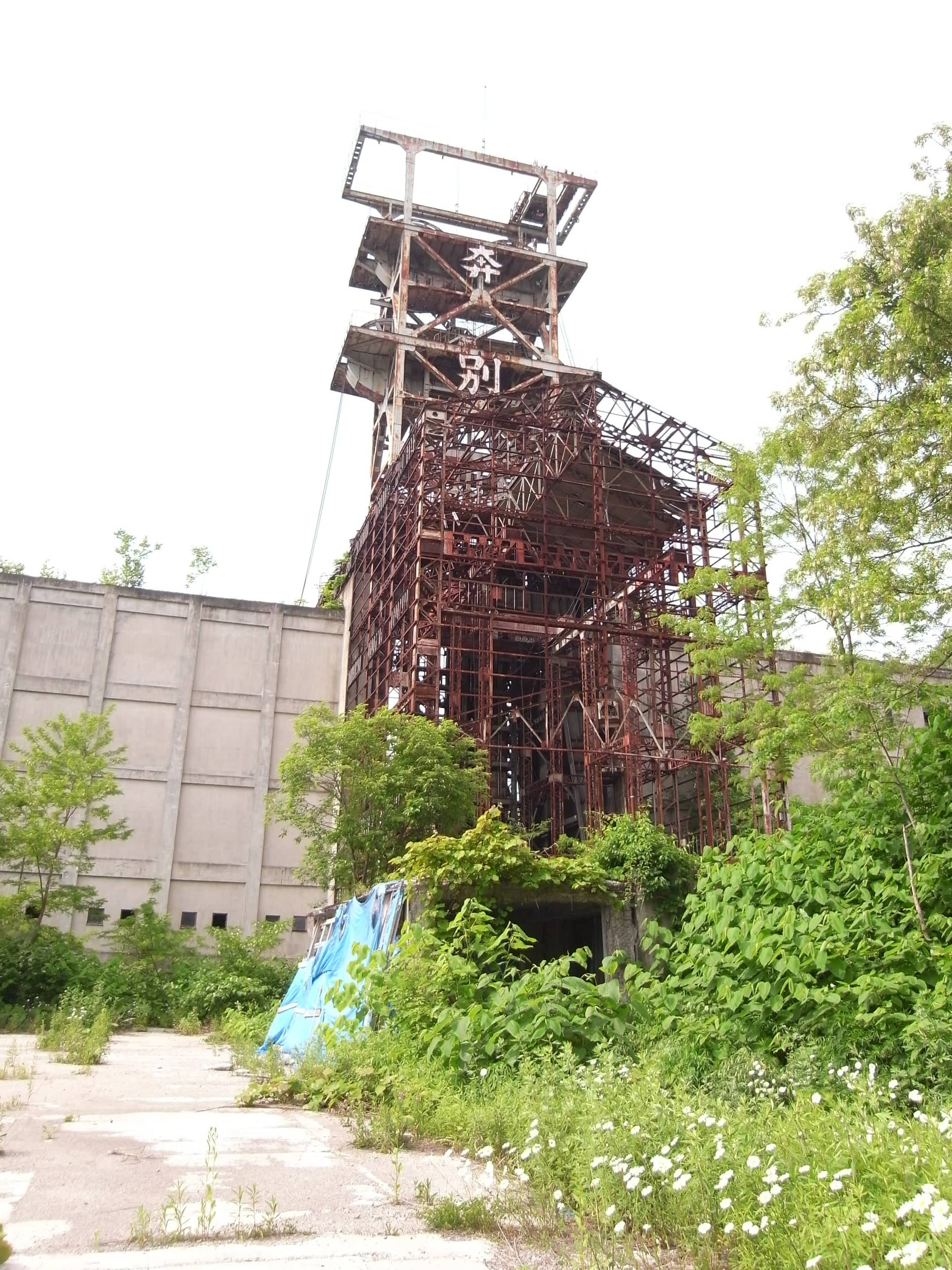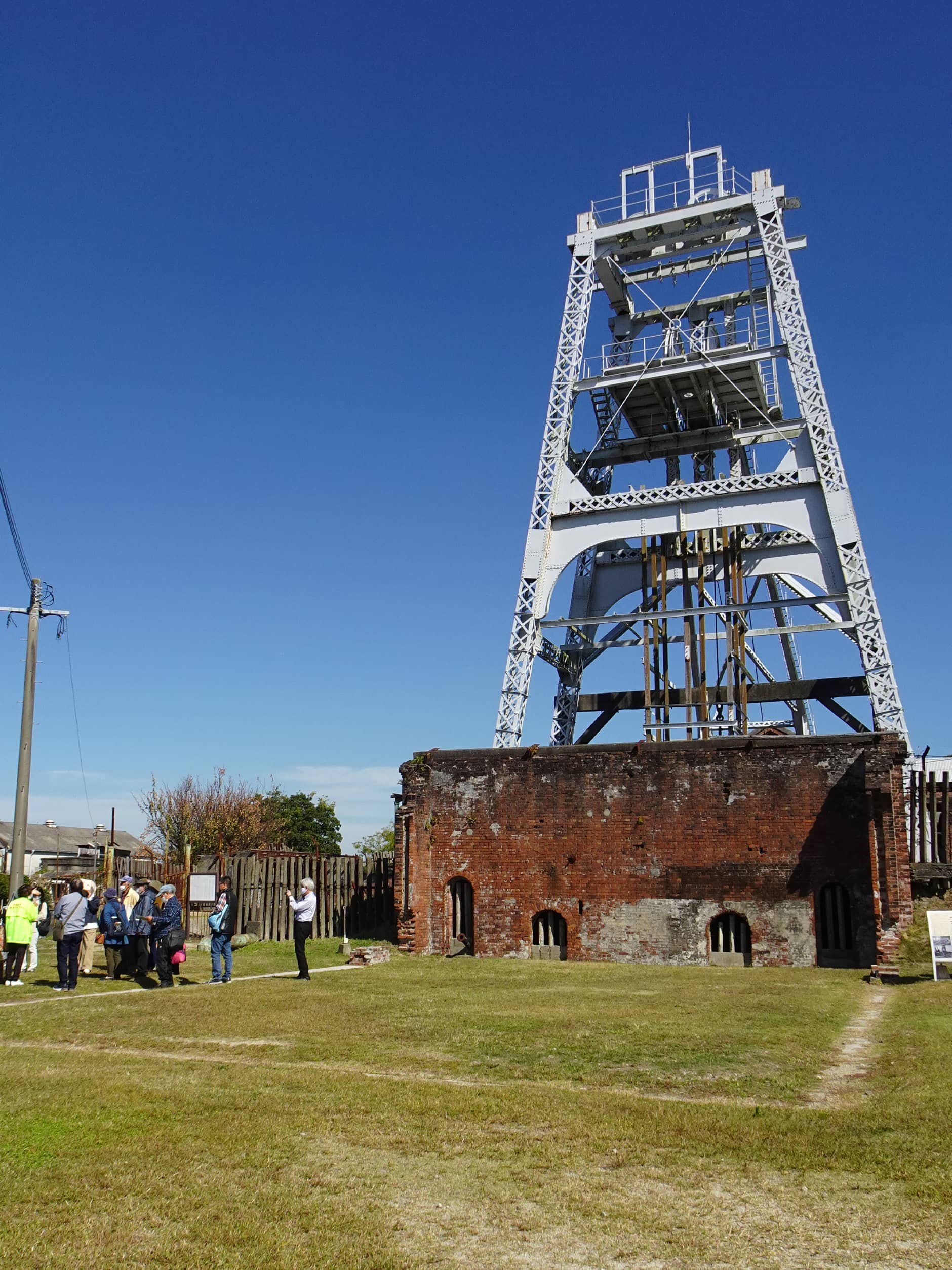Modernization heritage, which includes old factory sites, coal mines, and military facilities built in the modern era, is attracting attention. Professor Rika Yamamoto's research is concerned with the transformation of the meaning and value of modernization heritage and other kinds of cultural heritage in relation to tourism.
Modernization heritage: An idea born out of national policy
When we hear the term "cultural heritage," we tend to think of old buildings and ruins that carry the history and culture of ancient times into the present. In recent years, however, old factory sites, closed coal mines, prewar military installations, and other facilities built in the modern era have come into the spotlight under the banner of modernization heritage. From the perspective of human geography, Yamamoto conducts her research with an interest in the kind of meaning and value that facilities and ruins related to industry, military affairs, and war in the modern period have for society and the region as well as how these perceptions change over time.
“Modernization heritage is a new concept that has been developed over the past 30 years or so. It was first evaluated in a nationwide survey conducted by the Agency for Cultural Affairs in 1990,” explains Yamamoto, who argues that modernization heritage was created as an ideological device of the state to reinforce national bonds weakened by progressing globalization.
Yamamoto conducted case studies on the Yahata Steel Works in Kitakyushu City and military facilities in Sasebo City. She demonstrated that while the national government's strategic modernization heritage policy had a significant impact on the preservation of industrial heritage in the region, the local communities also used these sites strategically, not only to reinforce national bonds but also to ensure the survival of local industrial heritage.
A cultural property program created with tourism in mind
“Various cultural heritage concepts and cultural property programs, including modernization heritage, have been developed under the government’s initiative, but since the 2000s, the integration of tourism with cultural heritage has transformed the meaning and value of cultural heritage as well as the approaches to preservation,” says Yamamoto, who is trying to discern the relationship between cultural heritage and tourism.
According to Yamamoto, the cultural property program used to be based on the principle of quality over quantity, with strong regulations and generous financial support for each individual property. “The 1996 revision of the Act on Protection of Cultural Properties established a system for registering cultural properties, and while this helped to correct the uneven distribution of cultural properties across regions and eras, the number of properties increased dramatically. Since the 2000s, other ministries created cultural heritage categories, including the Ministry of Economy, Trade and Industry's Heritage of Industrial Modernization and the Ministry of Agriculture, Forestry and Fisheries' Japanese Nationally Important Agricultural Heritage Systems, with the aim of utilizing cultural heritage in economic and industrial terms. This led from cultural heritage being the object of careful protection to being utilized for regional development,” says Yamamoto. The Japan Heritage program, created by the Agency for Cultural Affairs in 2015, is completely different from the conventional cultural property program, recognizing "stories" about local culture and traditions, and providing financial support only for so-called soft projects (such as promotion and awareness-raising activities). “In other words, it is a project that aims to ensure self-sustained heritage management by attracting tourists,” says Yamamoto. Subsequently in 2018, the Agency for Cultural Affairs revised the Act on Protection of Cultural Properties itself to clearly indicate a major shift toward the “utilization” of cultural properties (effectuated in 2019). Since the 1990s, the sluggish Japanese economy has made it difficult to invest large sums of money into the preservation of cultural heritage sites. Looking at the other side of the coin, according to Yamamoto, the strategy to take advantage of the expanding tourism economy has led to the creation of a cultural property system that incorporates tourism in this manner.
These kinds of strategies that approach cultural properties from the perspective of tourism are often successful. One example that Yamamoto cited was “Coal, Iron, and Port” in Hokkaido, all of which were recognized as Japan Heritage sites in 2019. This site is a combination of coal mines in Sorachi, the iron and steel industry in Muroran, and the port in Otaru. “The Sorachi area, in particular, has long faced challenges including population decline and economic stagnation, and local residents have made strong appeals to place priority on economic and welfare measures, making it difficult to gain their understanding for the preservation of coal mining heritage. However, I have heard that the increased recognition and value of coal mine heritage as a tourism resource due to its designation as a Japan Heritage site has eventually made it easier to gain the local residents’ understanding for the preservation efforts,” says Yamamoto.

(Japan Heritage component property; Akabira City, Hokkaido)

The role of tour guides in assigning value to coal mining heritage
In addition to looking at the process of having modernization heritage recognized under the cultural property program, Yamamoto is currently focusing on how the meaning and value of heritage sites change in relation to tourism even after designation.
As part of this research, she is paying particular attention to the role of tour guides. “According to the results of a survey conducted in 2020*1, when you look at the questions regarding actual participation and willingness to participate in guided tours, it has been found that among cultural resources, guided tours of industrial heritage sites score the highest. In the field of cultural heritage studies, tour guides and guided tours are considered to play a significant role in assigning meaning and value to cultural heritage,” explains Yamamoto.
Yamamoto has conducted an interview survey of tour guides of coal mining heritage sites, and is working to ascertain how the presence of guides has caused minute fluctuations in their explanations and the meaning they assign to coal mines. “For example, tour guides for coal mining heritage sites must navigate the challenges posed by contemporary society’s growing focus on decarbonization, so they incorporate explanations on coal production from this perspective, or they talk about the advancements in environmental technology and the potential role of coal in contributing to decarbonization. These explanations in light of the present-day situation are imbuing coal mining heritage with new meaning and value that it did not have before,” says Yamamoto.
Tour guides are just one piece of the puzzle. Regardless of the pros and cons, Yamamoto points out that people such as enthusiasts for ruined buildings also play a role in giving these sites a different meaning and value than conventional modernization heritage.
How will the relationship with tourism change the state of modernization heritage? To answer this, Yamamoto will continue monitoring the situation as part of her research.

(Japan Heritage component property; Mikasa City, Hokkaido)

(Component property of a World Cultural Heritage site; Omuta City, Fukuoka)
*1 Naka and Gokita (2022) “国内旅行におけるガイドツアーの参加経験と参加意向、求めること (Experience of participating in guided tours and willingness to participate in domestic tours, and what is sought)” in 観光文化 (Tourism Culture), 253:25-28, Japan Travel Bureau Foundation Bulletin